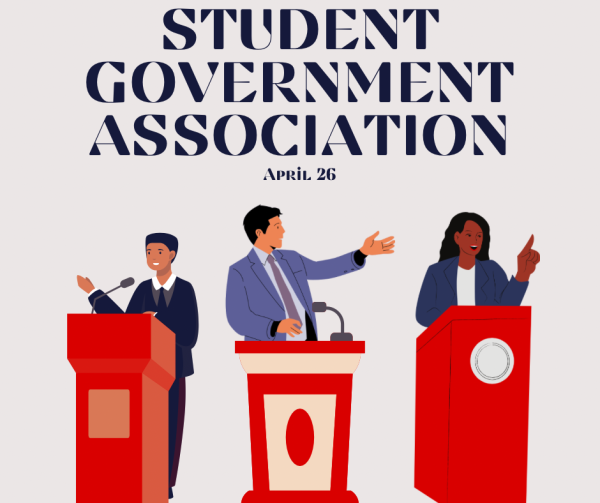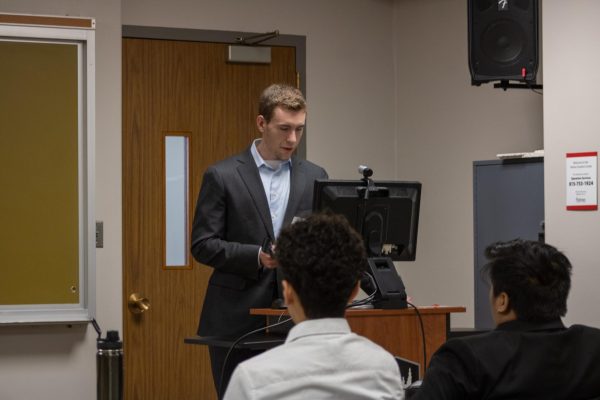MAP-Works survey provides benefits to students, university
October 7, 2012
An NIU survey has been traveling around student emails for about three weeks.
Freshman and transfer students received in their emails a link to the online survey called MAP-Works. The survey began on Sept. 15 and will end today. The survey asked students to answer questions on things like sleeping habits, study habits and homesickness while being away at college.
The survey identifies problem areas and strengths in students they might not have known about. A report for each student is available at the end of the survey with the names and contact information of the departments the student would need assistance in or be interested in.
“It helps better connect students to the resources they need to be successful,” said Matthew Venaas, student academic success graduate assistant.
Freshman accounting major Jessica Torrevillas said she completed the survey for pizza, but had no idea what the MAP-Works program was or what the program did with the surveys. She said she thinks more students would take the surveys if they knew how it would benefit them.
“It was really long, confusing, and didn’t seem relevant at all,” Torrevillas said.
NIU has used the MAP-Works program for four years. The program is used to increase student retention and success rates in 136 institutions nationwide, said Randi Napientek, student academic success assistant director.
Three surveys are given during the months of September, November and February. Students can receive items like a window cling, an NIU notebook or a shirt depending on the survey they complete.
“MAP-Works gives you information and us the information to better serve the NIU students,” Napientek said.
The survey also shows the self-expectations of students that need to be addressed. Napientek said the surveys found 91 percent of participants expect to get a 3.0 grade point average or above in school, but 44.7 percent of the participants won’t seek help from an instructor if they are struggling in a class.
The survey reports can be seen by faculty and staff like academic advisors, residence hall directors or course instructors who work with students in academic programs or departments. This level of access to the reports allows the faculty and staff to reach out to struggling students.













